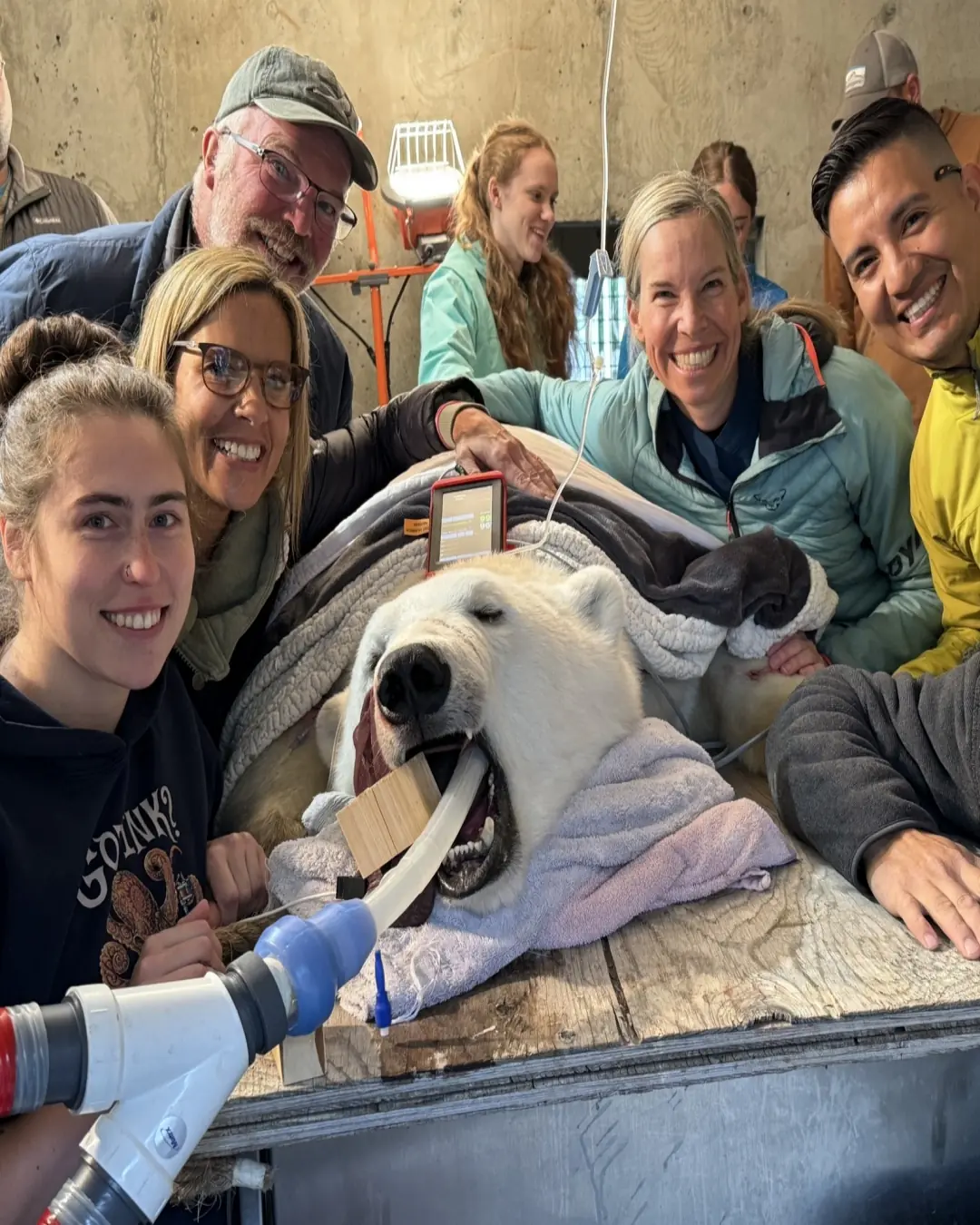
The Rescuer Who Brought a Baby Elephant Back to Life
For 26 Years, He Saved Lives—But Nothing Prepared Him to Revive a Baby Elephant
For twenty-six years, Mana Srivate had witnessed the raw edge of human fragility — the aftermath of car crashes, the chaotic pulse of emergency scenes, the last breaths of people clinging to life. As a seasoned emergency responder in Thailand, he'd come to expect the unexpected. But nothing — not all the drills, not all the calls — could have prepared him for the night he knelt on a highway and tried to bring a baby elephant back to life.
It was late, the humid air thick with tension in Chanthaburi province, when an emergency call came in: a motorcyclist had collided with a wild elephant calf that had strayed onto the road, likely following its herd. By the time Mana and the rescue team arrived, headlights painted a stark, heartbreaking picture: the motorcyclist lay injured and unconscious, and a small elephant, no more than a few hundred pounds, was sprawled on the asphalt — unmoving, barely breathing.
Though he was officially off duty that night, Mana didn’t hesitate. Years of training and a deep instinct for saving lives took over. He rushed to the calf's side without a second thought, his mind racing but his hands steady. Around him, the dark jungle pulsed with silence — except for the haunting, distant calls of the calf’s mother, who remained out of sight but very close, her cries laced with grief and confusion.
With no precedent to follow — no manual, no protocol for performing CPR on a wild elephant — Mana did what only a true rescuer would: he trusted his intuition.
“I just remembered what I knew from performing CPR on people,” he said later. “I had once watched a video about elephants’ anatomy. I made a rough guess about where the heart would be.”
Kneeling beside the calf’s large, still body, Mana began chest compressions. His hands pressed into tough, wrinkled skin, which gave little resistance. He adjusted his rhythm, trying to mimic the life-saving motions he’d done so many times before — this time on a creature whose heart he’d never felt, whose breath he could barely detect. With every push, he whispered softly, words meant as much for himself as for the animal: Come on, stay with me. Don’t give up.
Ten minutes passed. Then fifteen. The air around him was filled with tension, hope draining with each silent second. The rescue team stood nearby, watching, waiting, some already fearing the worst.
But then, a flicker — a subtle movement. The calf’s trunk gave a faint twitch.
Mana froze, staring. Was it real? Then, slowly, the calf’s eyes opened, glassy and unsteady. It let out a weak, almost imperceptible cry. In that instant, Mana felt his own breath catch. His hands dropped. He leaned back on his heels, tears welling up.
“When it moved,” he recalled later, voice trembling, “I cried.”
The elephant calf stirred, wobbling as it tried to rise. The team, stunned and overwhelmed, looked on as the little elephant finally stood — shaky, but alive. Cheers broke the silence. A miracle, born not of medicine, but of instinct, persistence, and the universal language of compassion.
Once the motorcyclist had been stabilized and transported for medical treatment, attention returned to the calf. It was carefully placed onto a rescue vehicle and driven to a nearby clearing where veterinarians could monitor its condition. Throughout it all, the baby elephant remained alert, its cries growing louder — calls that Mana and the others hoped would reach its mother.
And then, back at the scene of the accident, something extraordinary happened.
They brought the calf back to the very place it had fallen. Under the glow of truck headlights, they waited, silent and still. Minutes passed. Then — a sound. A shadow moved between the trees.
From the forest emerged the mother elephant. Drawn by her baby’s voice, she approached slowly, cautiously, as the rescue team stepped away. Her massive form loomed out of the dark, but there was no aggression, only urgency. The calf called out again, and the mother answered with a low, resonant rumble that vibrated through the ground.
In the next moment, the two were reunited — trunk touching trunk, a tender, ancient gesture of love and relief.
For Mana, the moment was unlike any in his long career. “I’ve done CPR on so many people — old, young, rich, poor — but this… this was something else. This was life outside our own species. This was something deeply pure.”
The image of Mana kneeling beside the elephant calf, lit only by flashlights and surrounded by night, quickly went viral. Across Thailand, and around the world, people shared the story — not just because of the rarity of the event, but because of what it represented: a profound reminder of how deeply interconnected life is.
In that one photo, all barriers — between man and beast, fear and hope, despair and action — vanished.
The calf’s recovery was later confirmed by wildlife officials. It was seen walking beside its mother once again, back among the herd, a living testament to the power of compassion in action.
For Mana Srivate, the night brought more than a rescue. It brought clarity.
“That’s why I became a rescuer,” he said. “Not just to save lives, but to honor life — all life. Human or animal. Big or small. Every life matters.”
On that lonely stretch of road in the Thai countryside, courage took the shape of compassion. And through the hands of one man, the heartbeat of the wild pulsed once more.
News in the same category

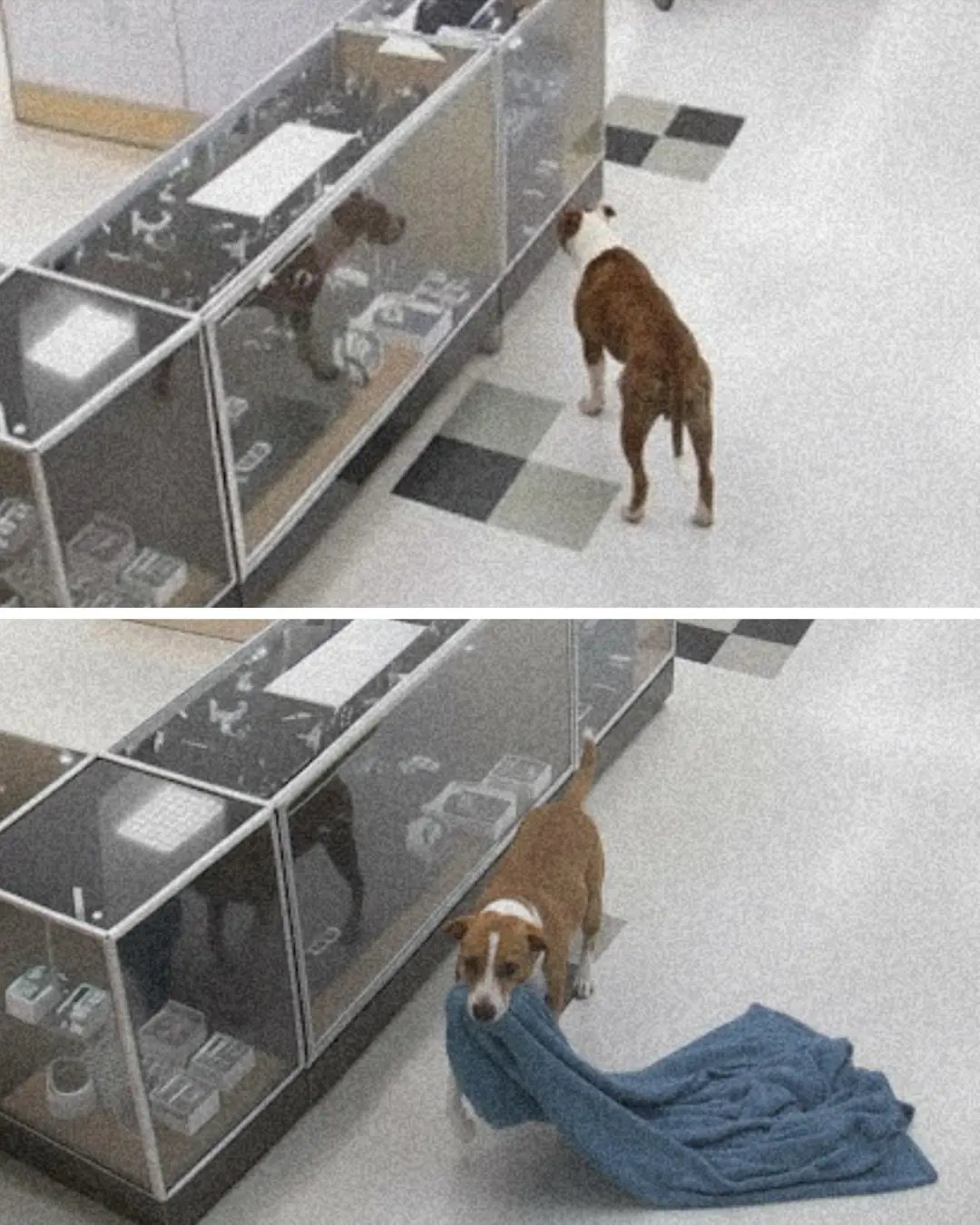
A Blanket Stolen, A Heart Restored: How One Dog Sparked a Wave of Kindness
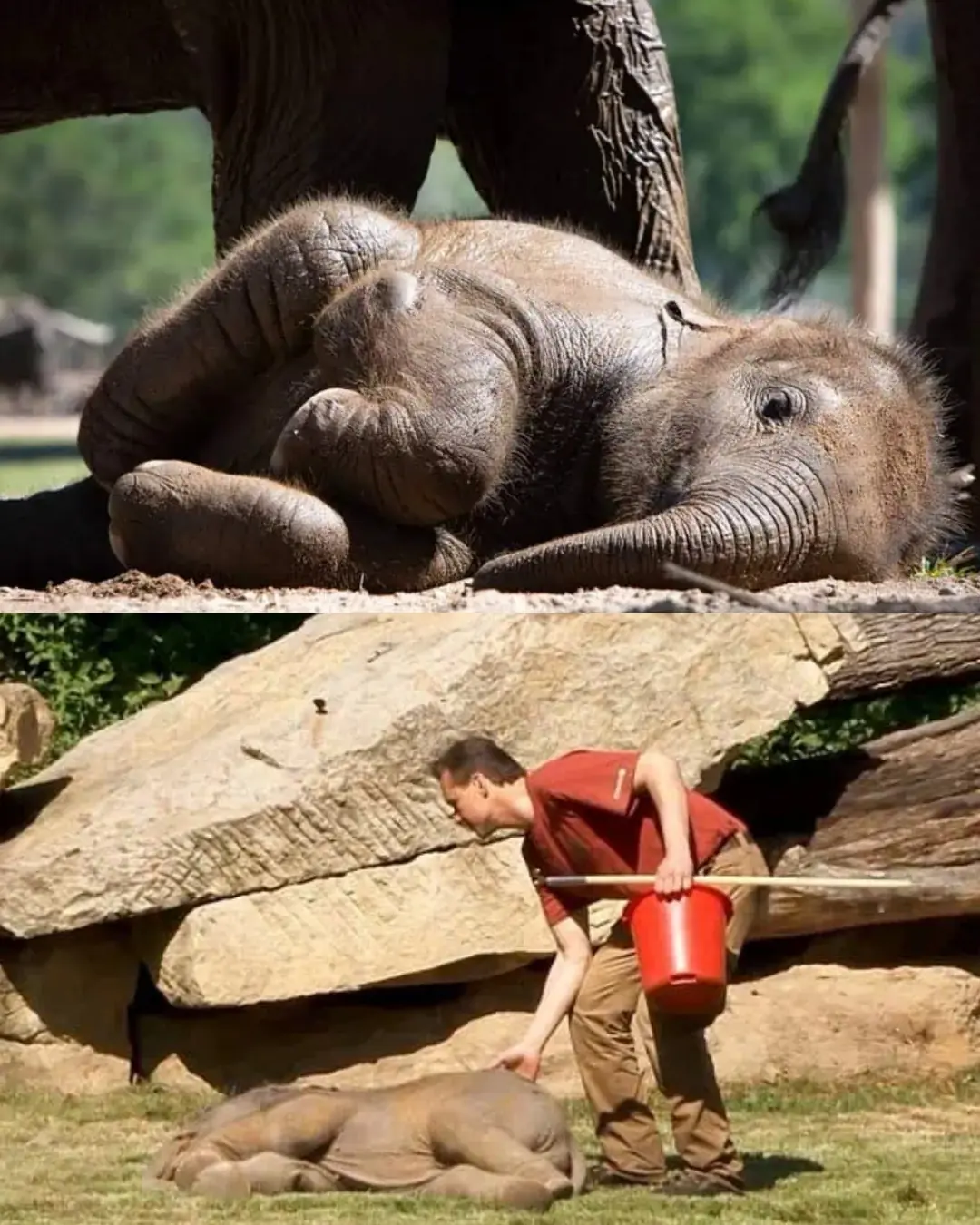
Choti, the Sleepiest Little Soul of the Sanctuary
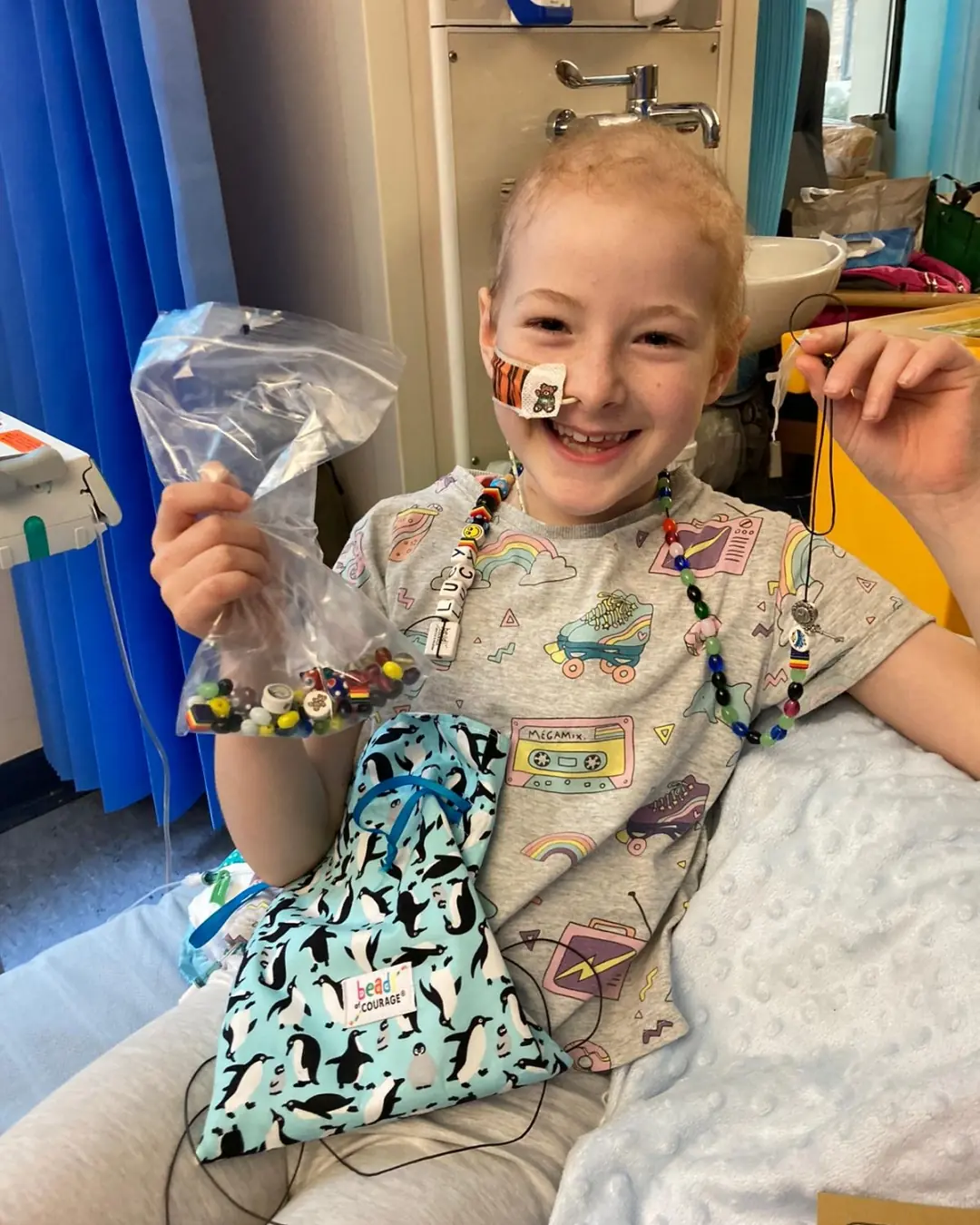
The Girl Who Wanted to Fly to the Moon: Lucy’s Brave Battle with Bone Cancer
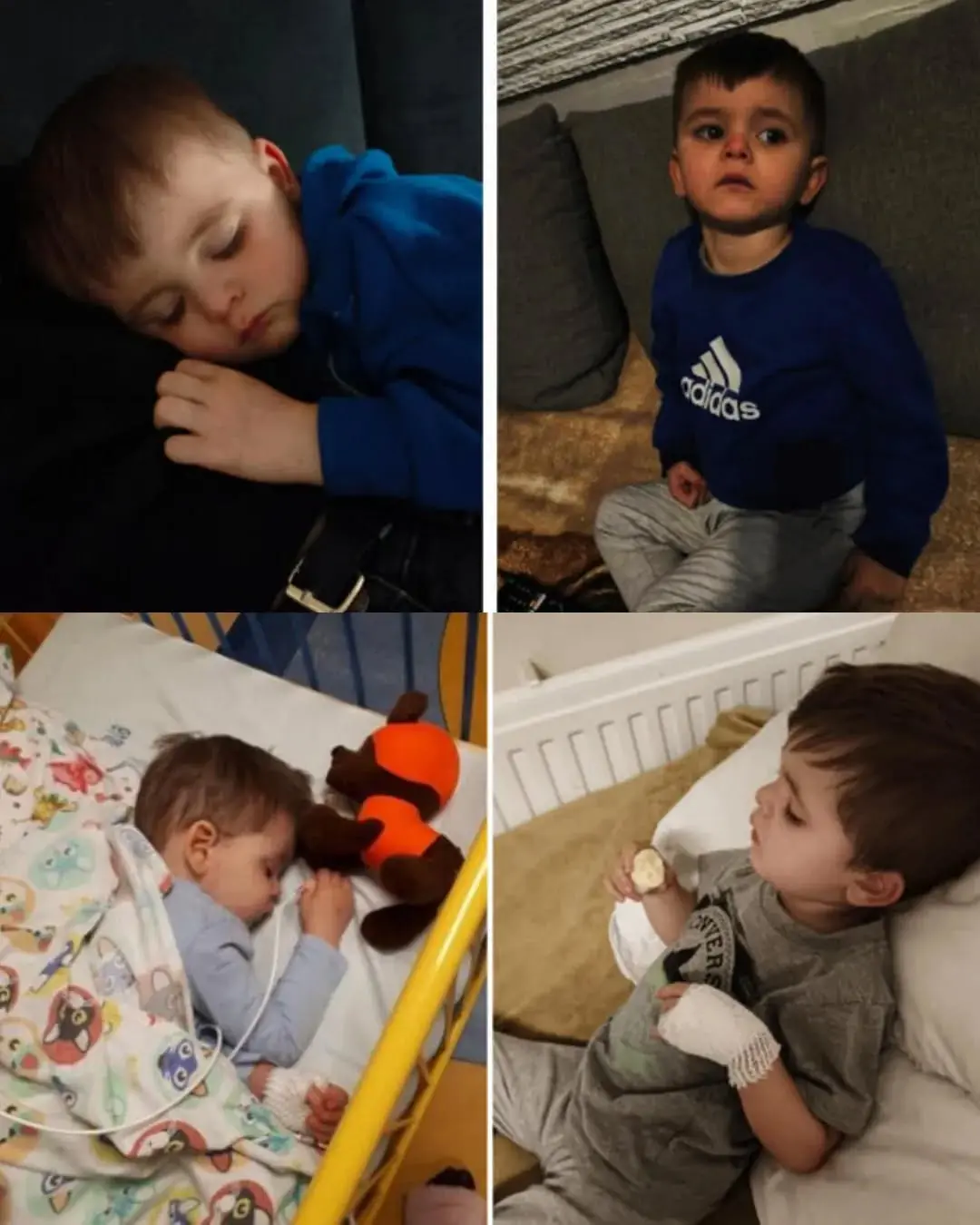
A Mother’s Plea: Fighting for Alan’s Future
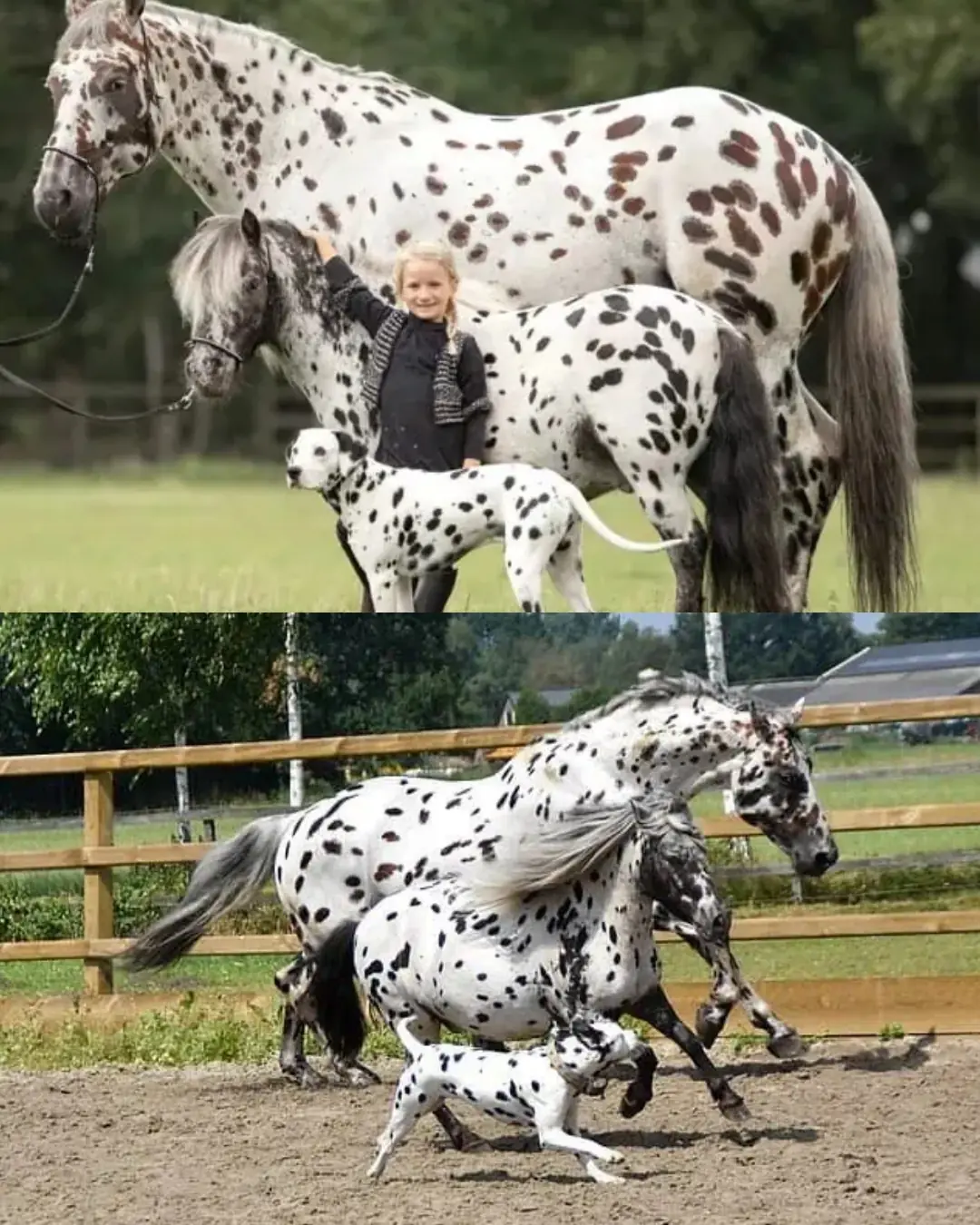
Spots of Joy: The Horse, the Pony, and the Dog Who Became Family
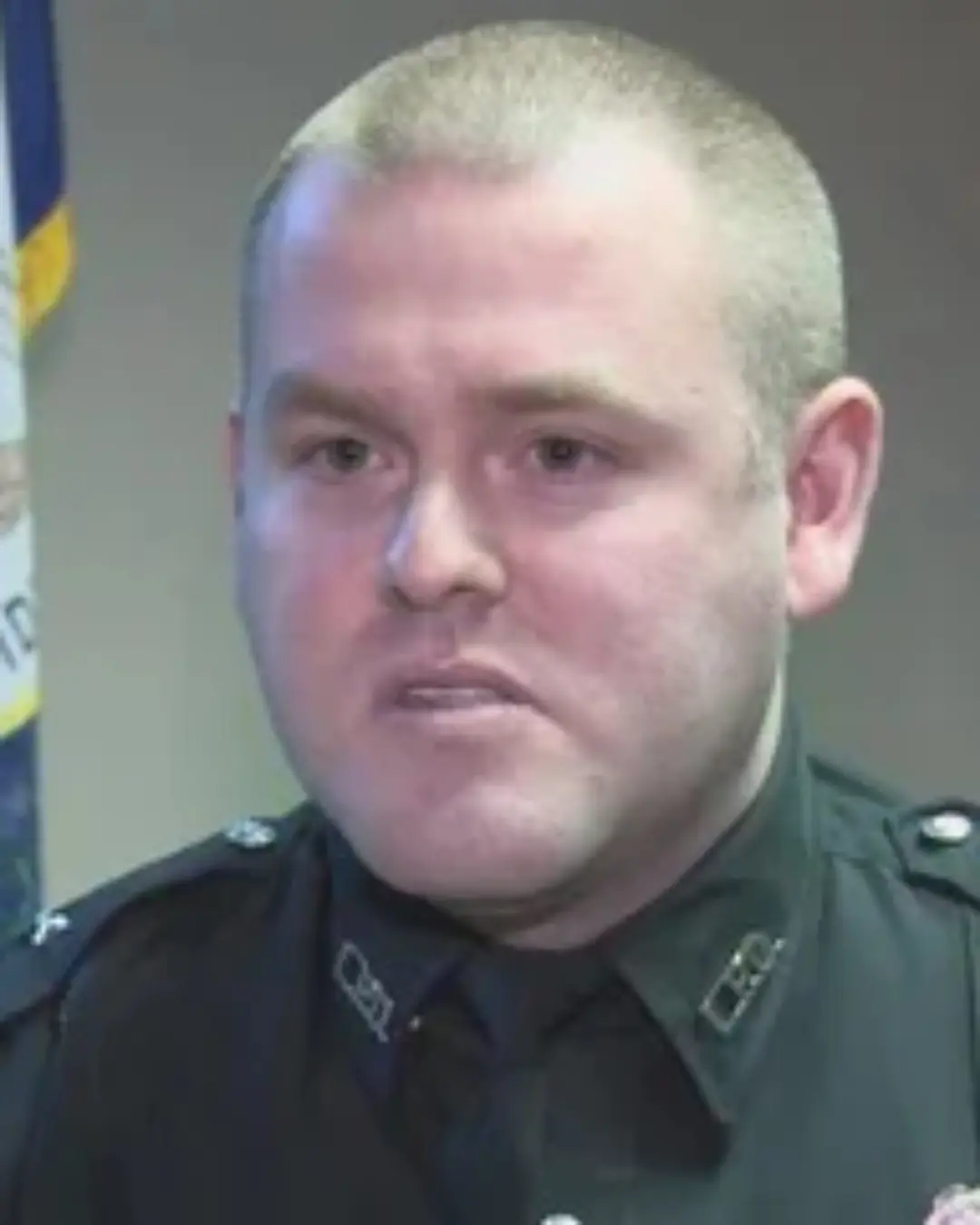
The Silent Hero Who Bought Milk for a Thief.
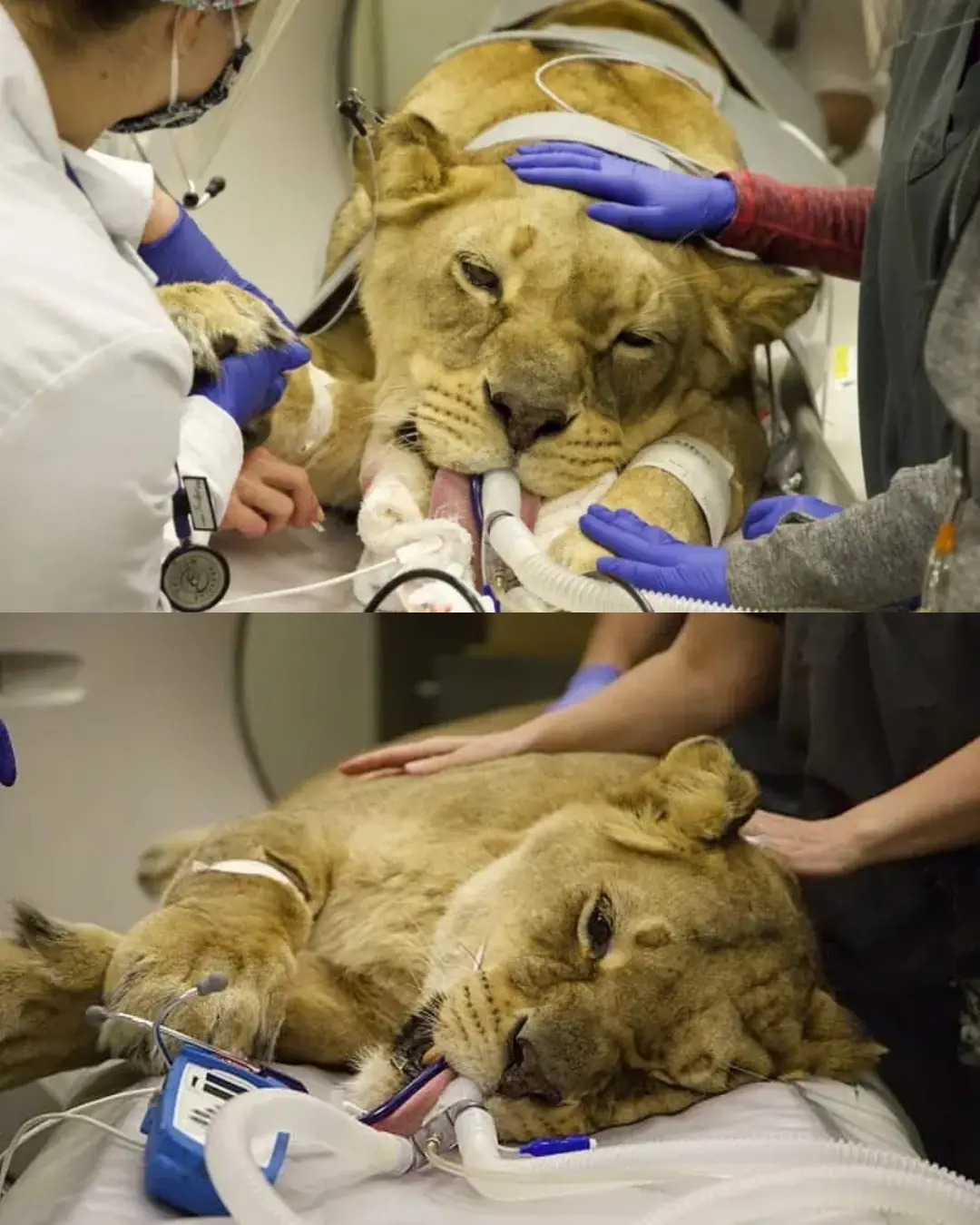
The Lioness Who Found Freedom: From Captivity to Courage.

If I owe you for groceries, then you should pay for living in my apartment too,” the wife replied to her enterprising husband.

— The apartment is ours now! My son said so!” — my husband’s parents showed up at the door with suitcases.

A homeless boy paused at a fogged bakery window and whispered, “That’s my mom.” In that breath, the life James Caldwell had welded shut with money and silence came apart like thin glass.

A schoolteacher caught her husband in bed with a younger woman, kicked them both out, divorced him, and later met a great programmer at a resort.
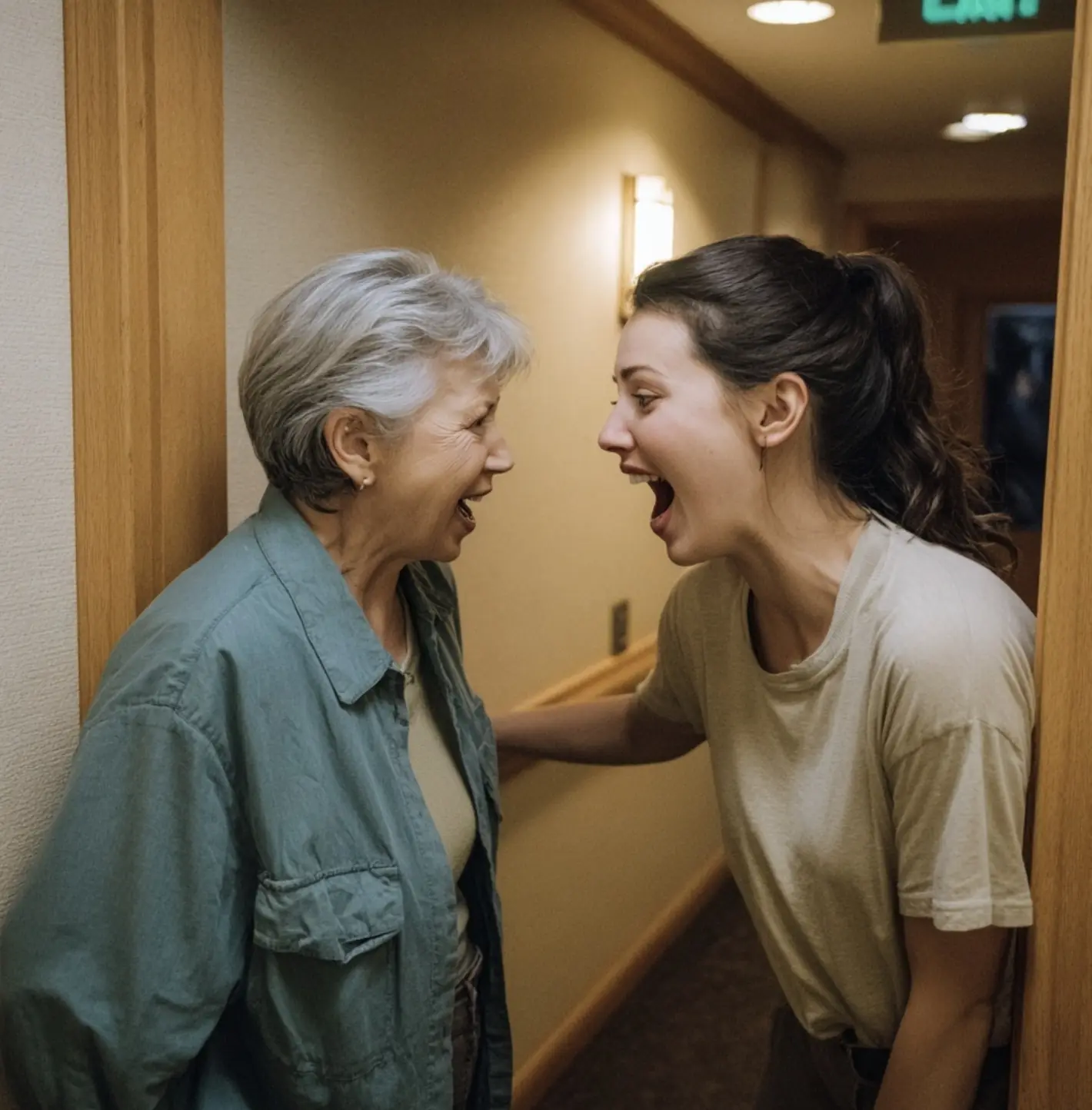
“Let me in—now! This is my son’s home!” the mother-in-law shrieked, pounding on the door.

THE WEDDING SPEECH THAT CHANGED EVERYTHING

— Will you tell my fortune? I’ll grease your palm. The old gypsy woman stared at her in surprise.

Daddy, that waitress looks just like Mommy!” The words hit James Whitmore like a shockwave. He turned sharply—and froze. His wife had died.

— “My grandma is coming to stay with us… for a couple of weeks,” Kostya forced out, and Rita realized that pregnancy and the upcoming birth were nothing compared to the nightmare rolling toward them.
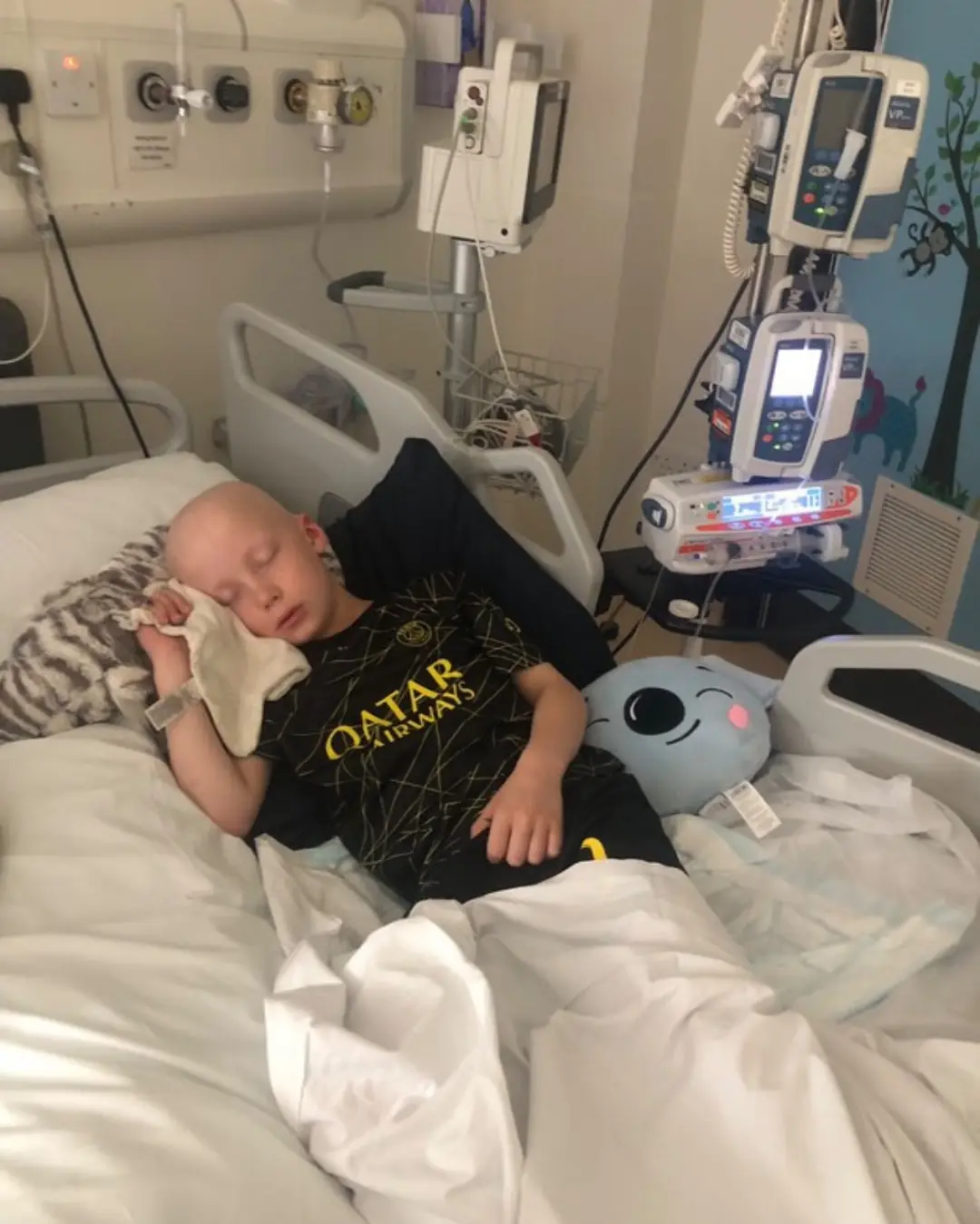
Freddie’s Fight: A Young Warrior’s Journey With Childhood Cancer
News Post

Using rice water like this will ensure the jar of pickled cabbage is golden, crispy, delicious, not slimy, and everyone who tries it will love it.

21-Year-Old Yale Juniors Raise $3M in 14 Days for New AI-Powered Social Media App ‘Series’
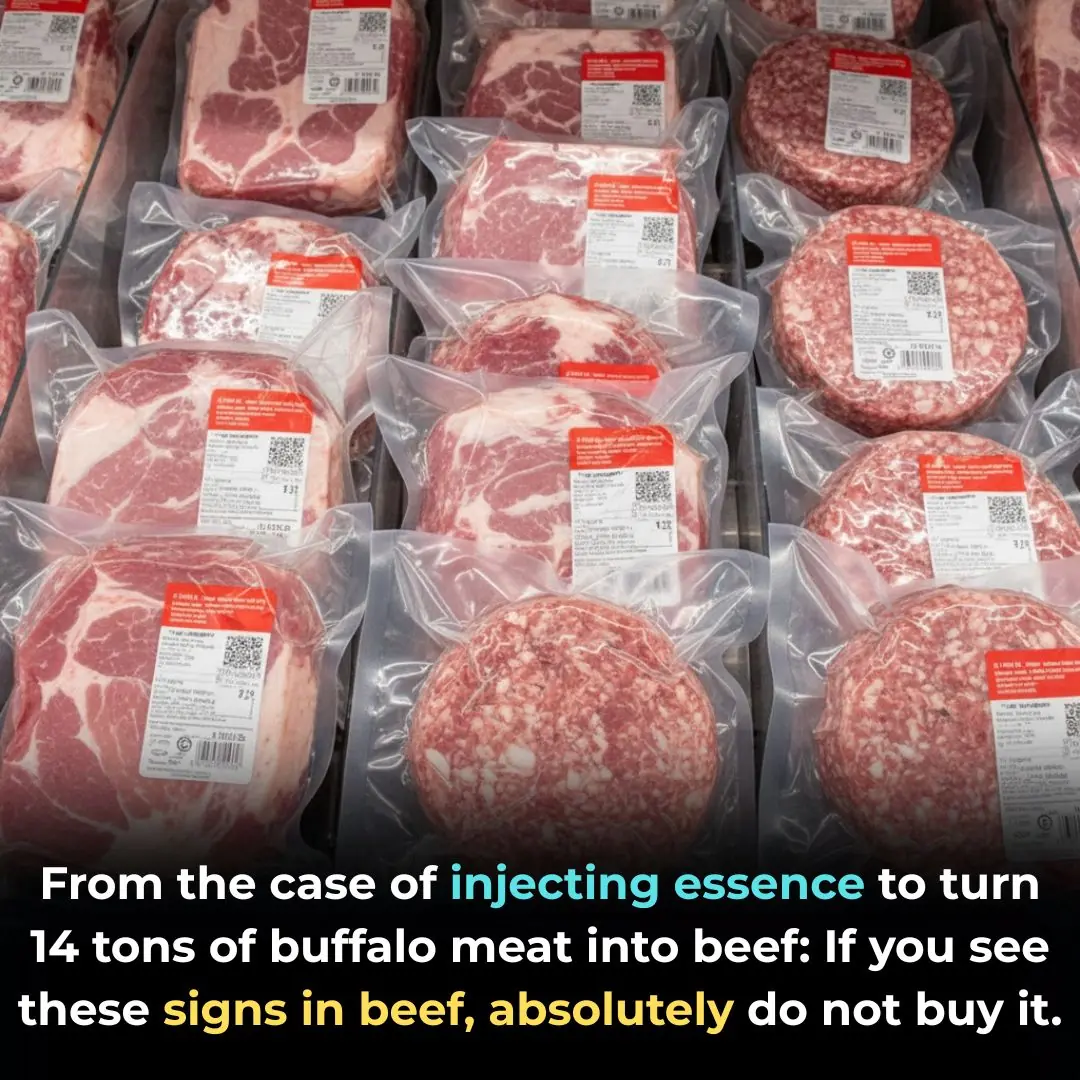
From the case of injecting essence to turn 14 tons of buffalo meat into beef: If you see these signs in beef, absolutely do not buy it.

11-year-old Philanthropist Gives Chicago Some California Love by Raising Over $60,000 for the Windy City’s Homeless

Megan Thee Stallion Brings Queen Latifah to Coachella for Shining Moment of Black Girl Magic

Don’t Throw Away Date Seeds – Here’s Why They’re So Powerful

Putting Ice Cubes into Boiling Soup: A Clever Trick Many People Don’t Know

Think Twice Before Drinking Bottled Water in Hotel Rooms – Here's Why It's Not Always Safe or Worth It
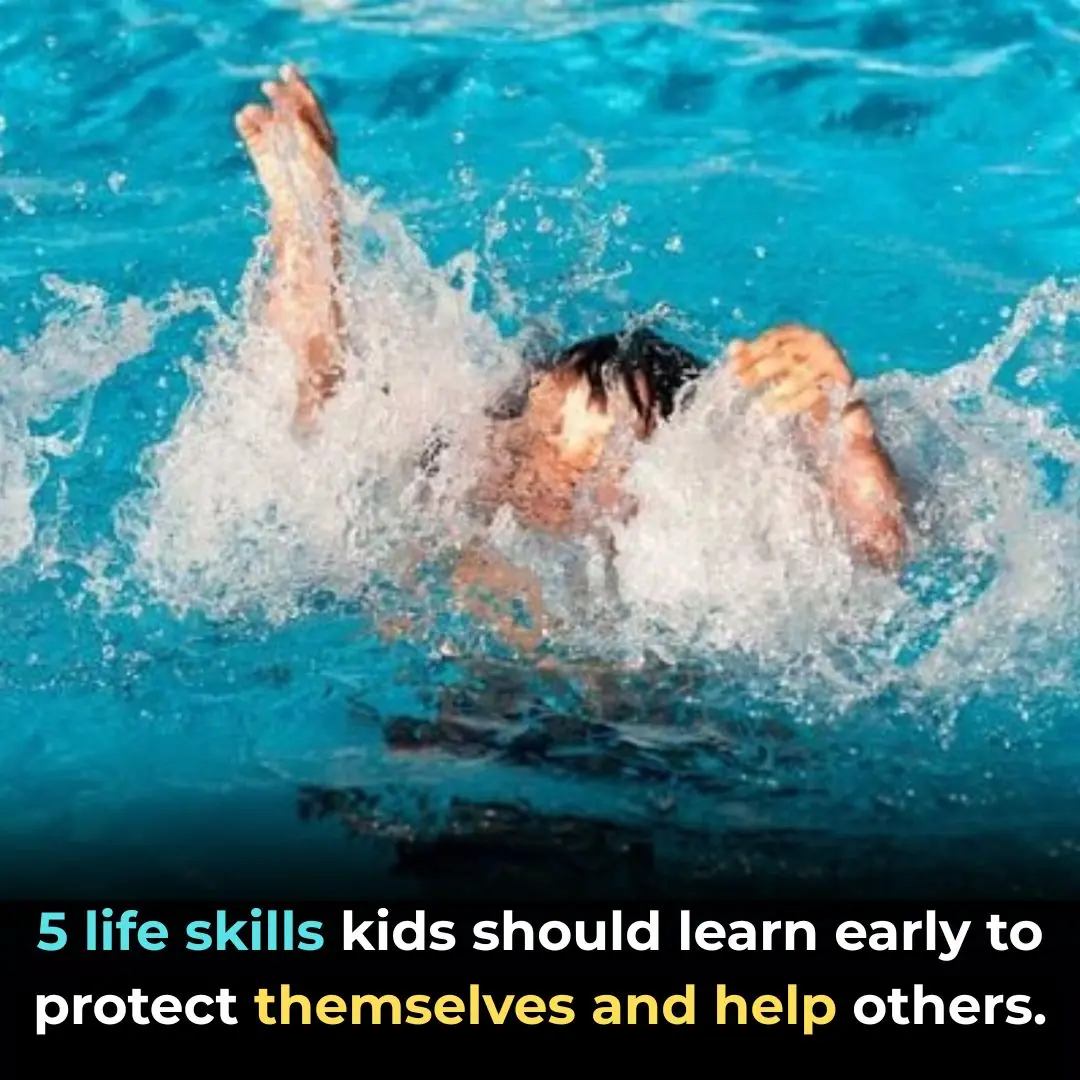
5 Essential Life-Saving Skills Every Child Should Learn Early

A simple tip you probably need right now.

Why Every Home — No Matter How Small — Should Grow Vietnamese Coriander

🌿 Discover the Hidden Gold in Your Garden: The Amazing Power of Castor Leaves

Don’t Throw Away Coffee Grounds — You’re Tossing Money and Magic!
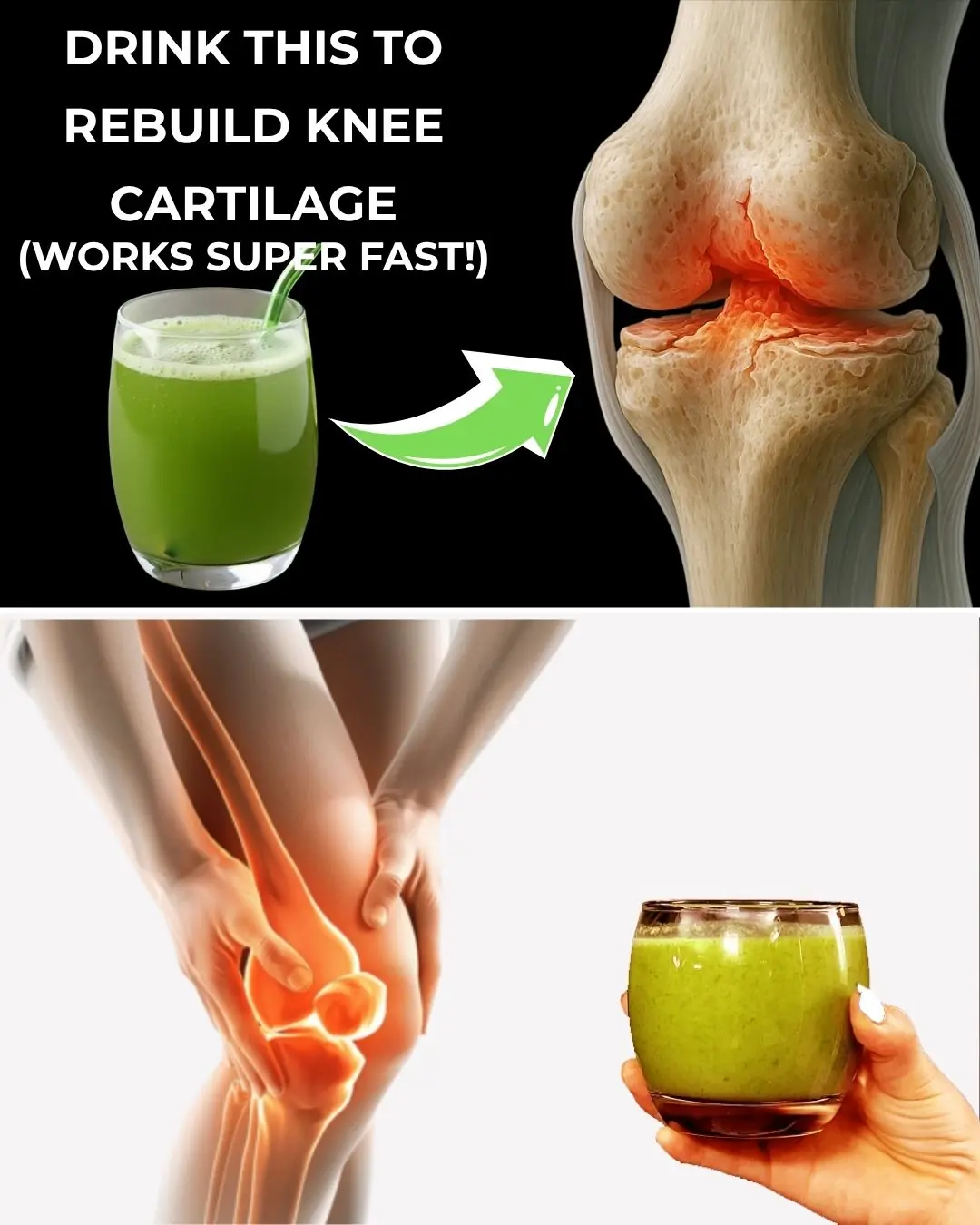
Discover the miracle drink that helps seniors rebuild knee cartilage quickly

4 Cancer-Fighting Vegetables Backed by Science: Small Daily Habits for Long-Term Protection

Growing Culantro at Home: A Small Herb with Big Medicinal Power

People Left Disgusted: Shocking Truth About How Crabsticks Are Made
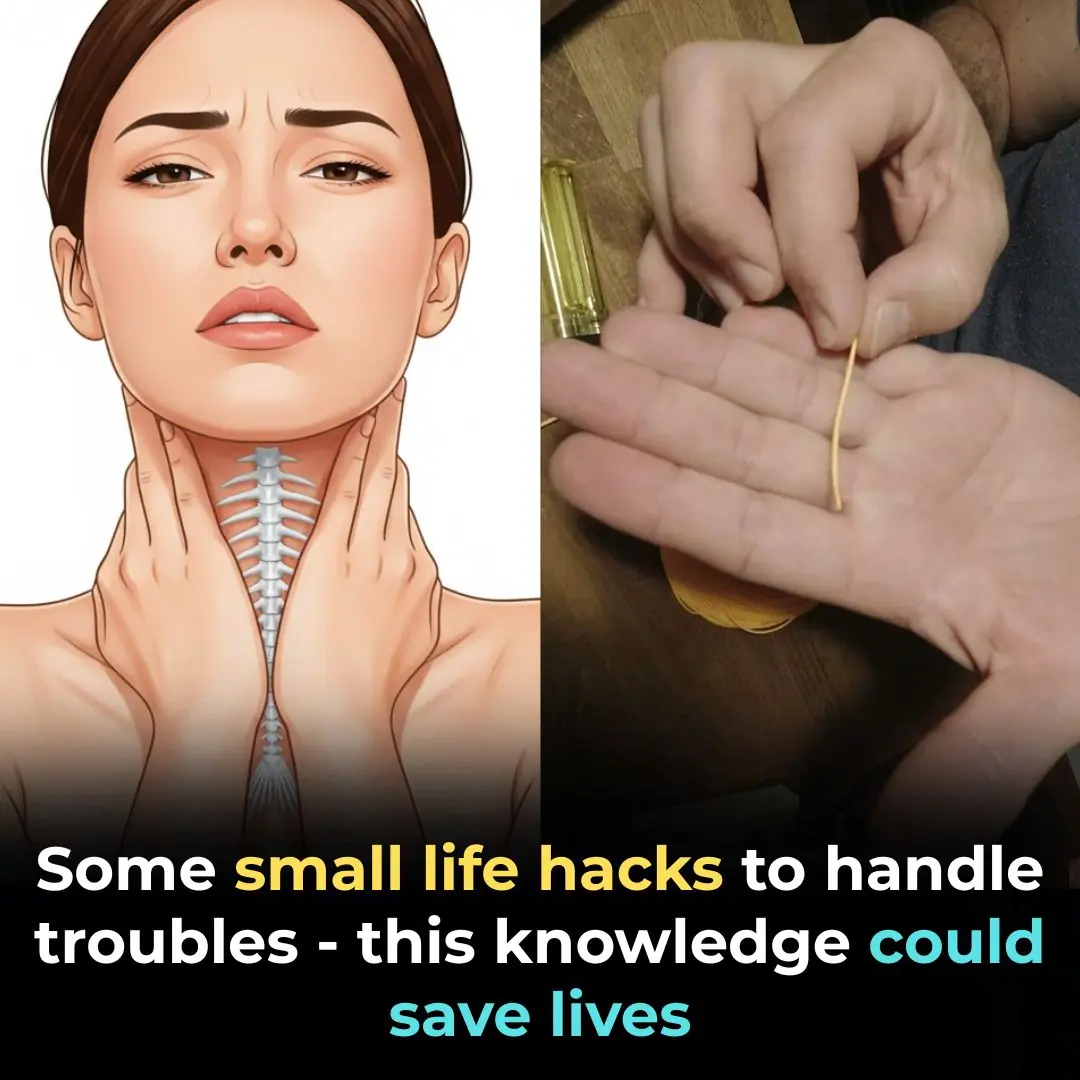
Everyday Emergencies: Small Tips That Could Save a Life
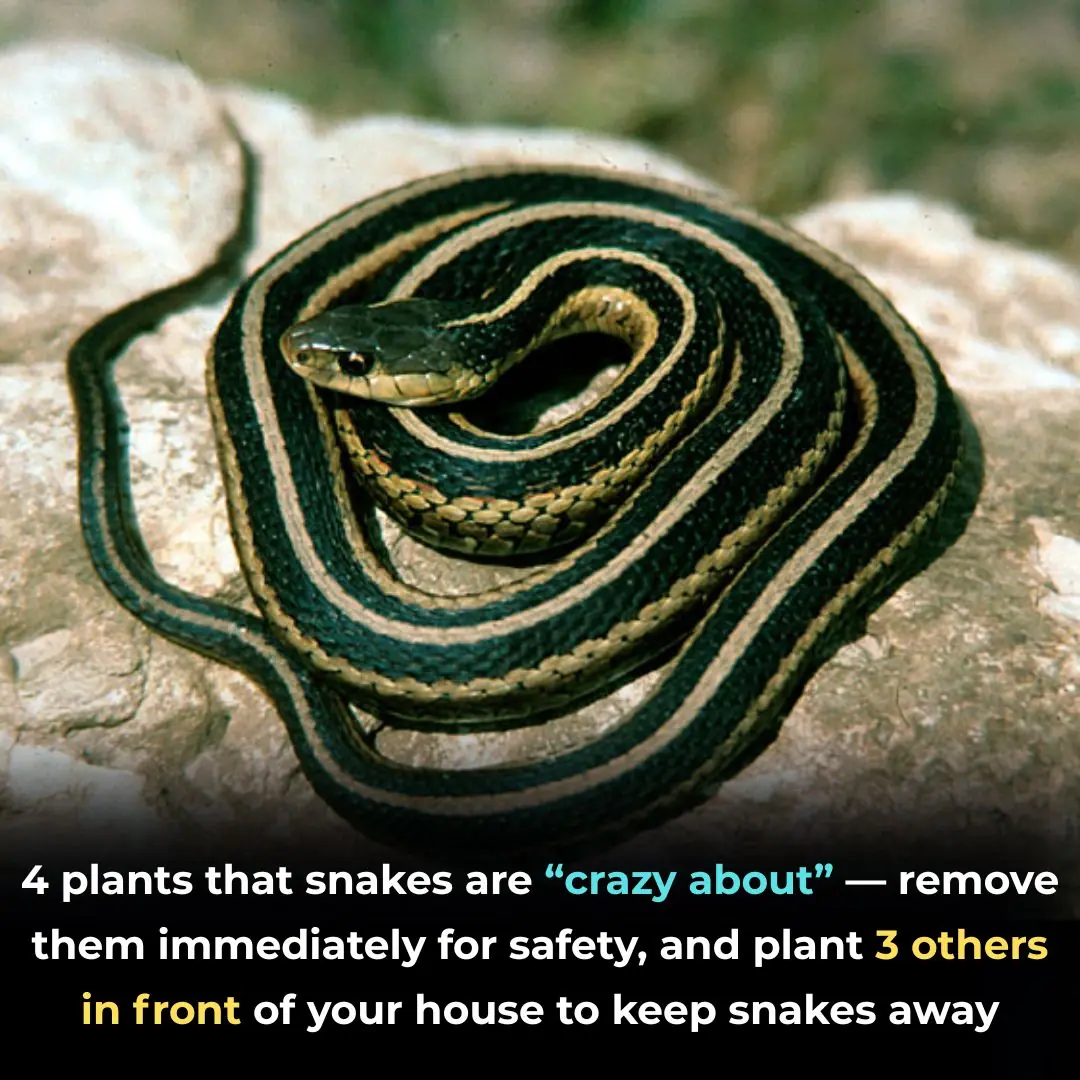
4 Types of Plants Said to Attract Snakes — and What Science Really Says About Safety Around Your Home
